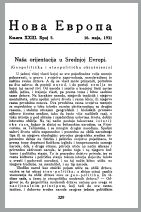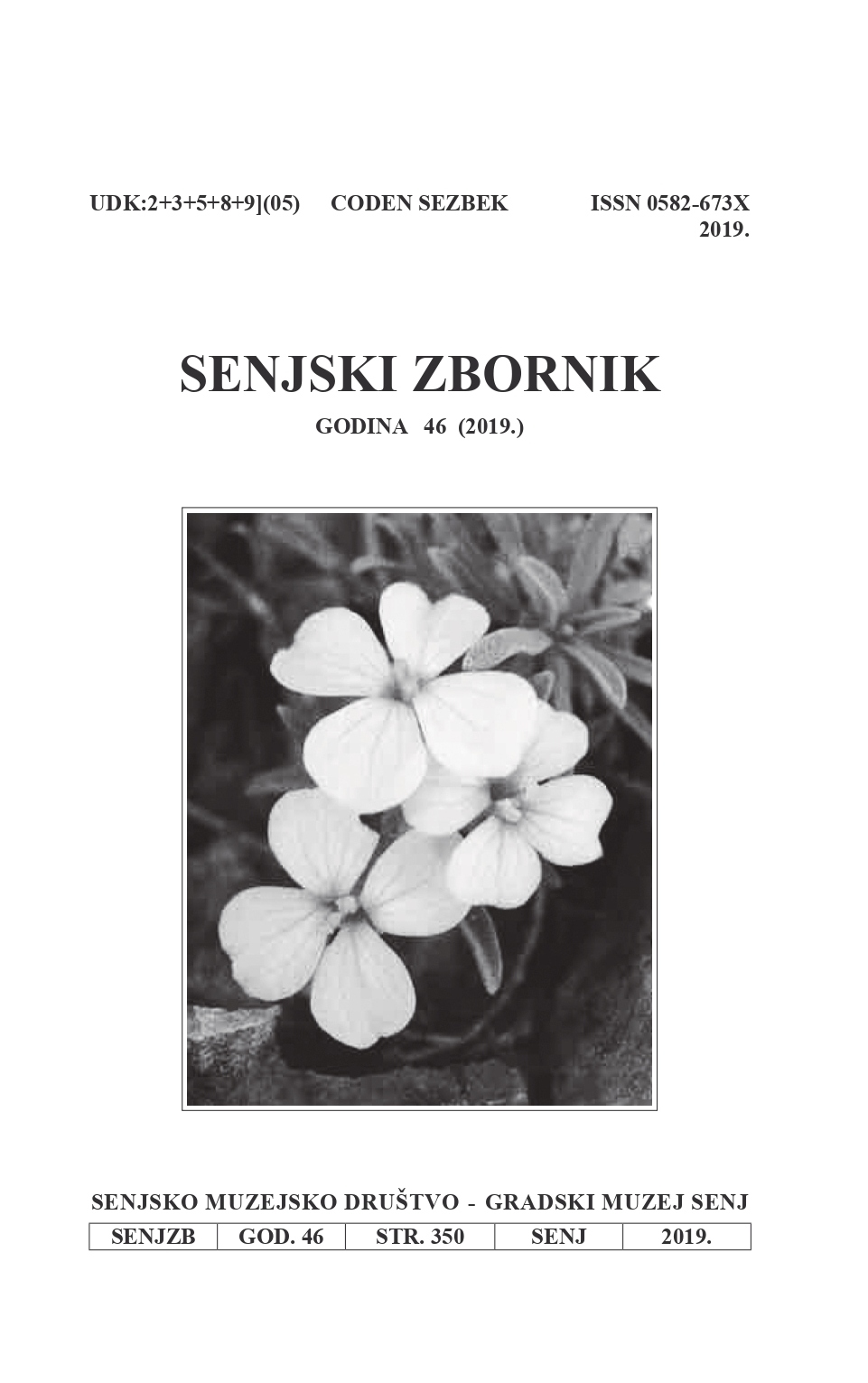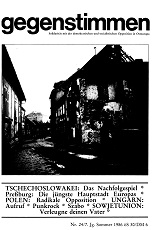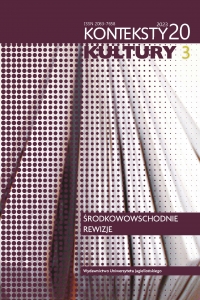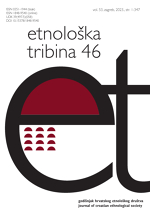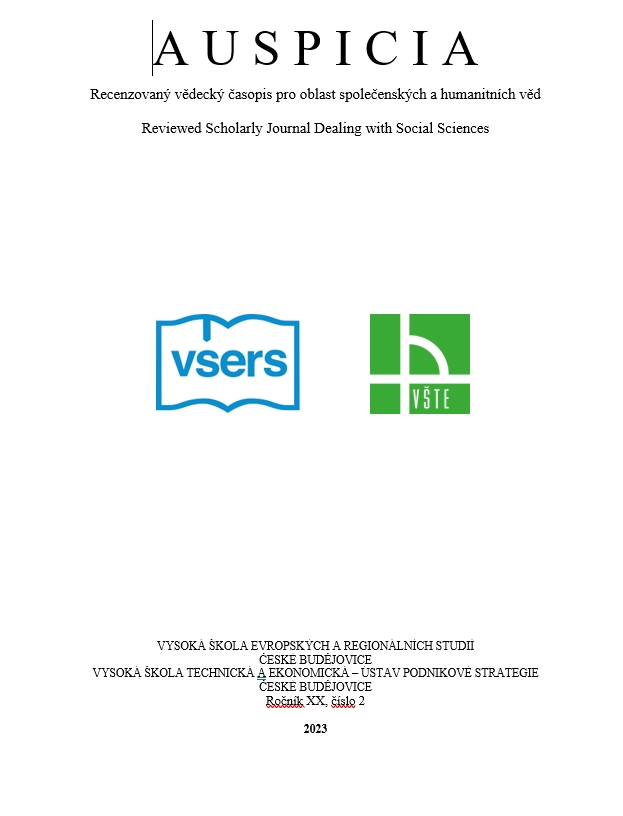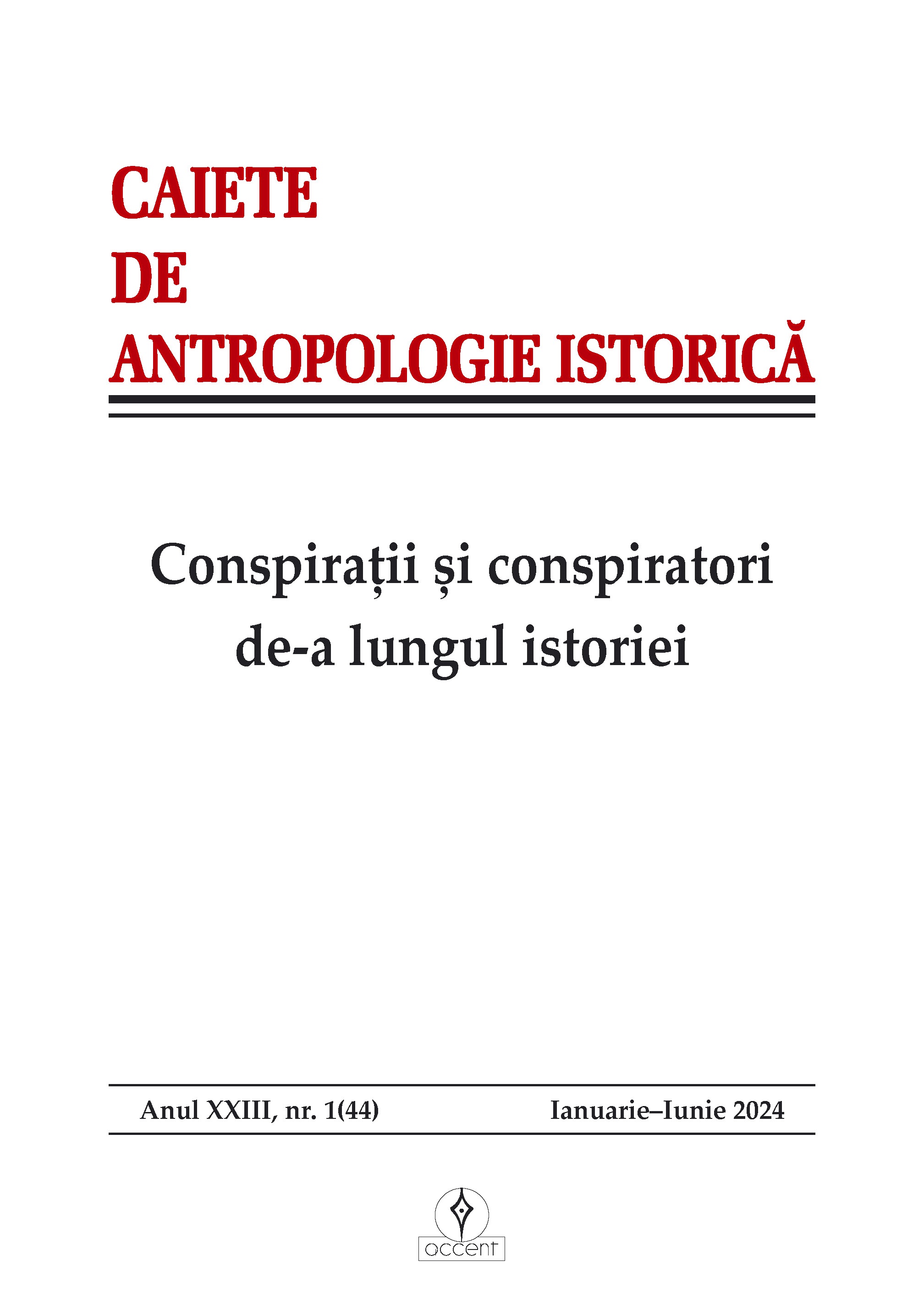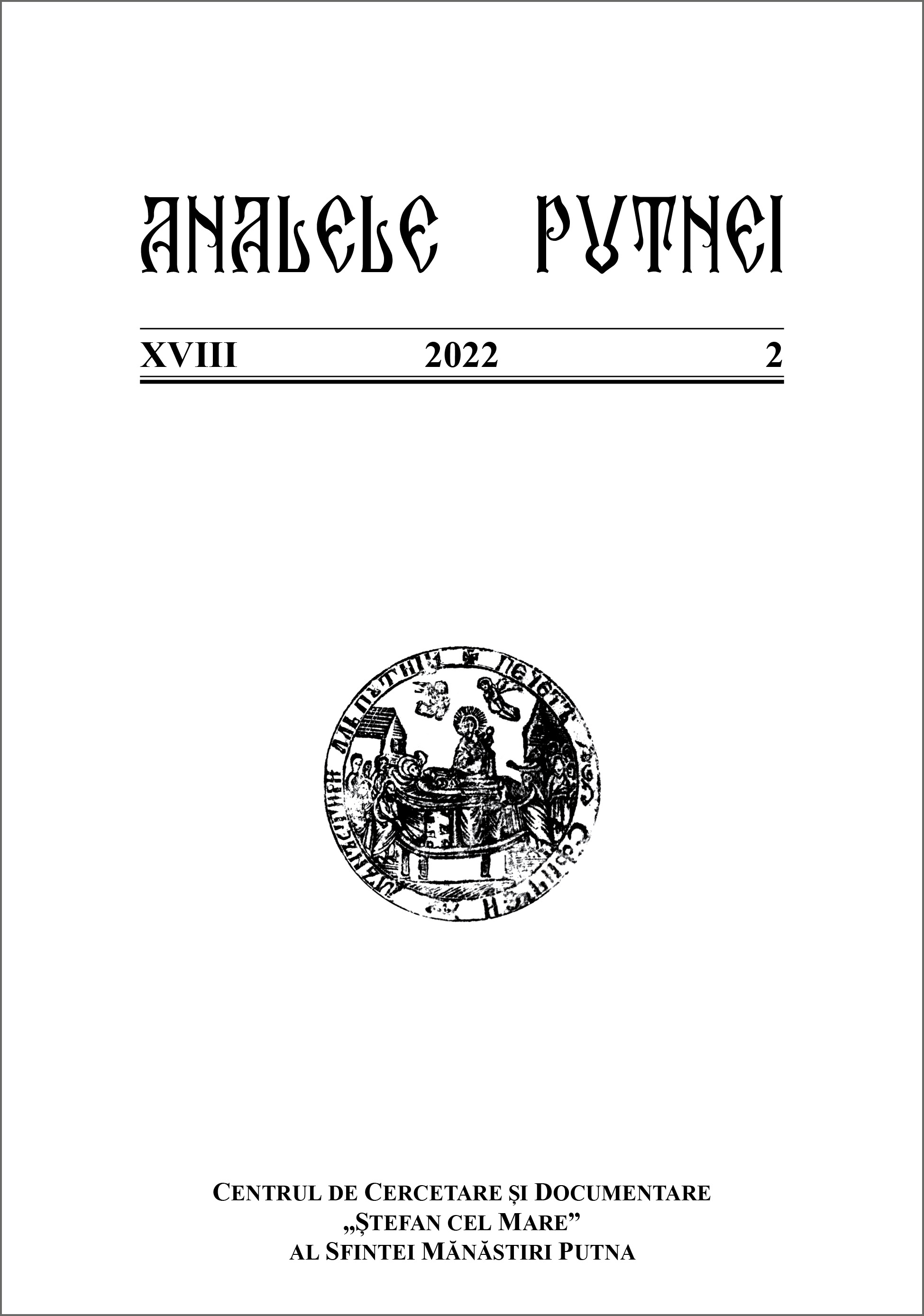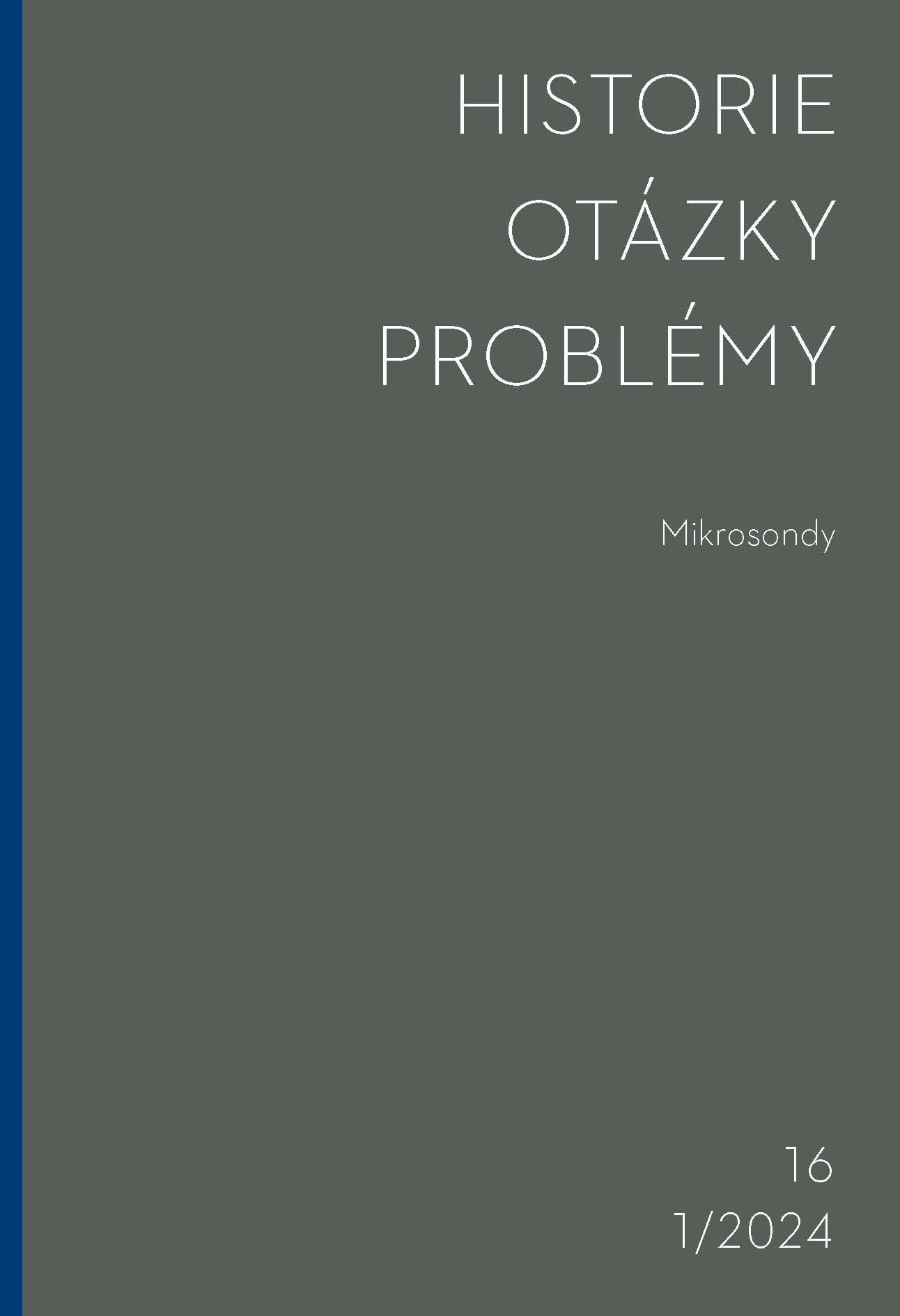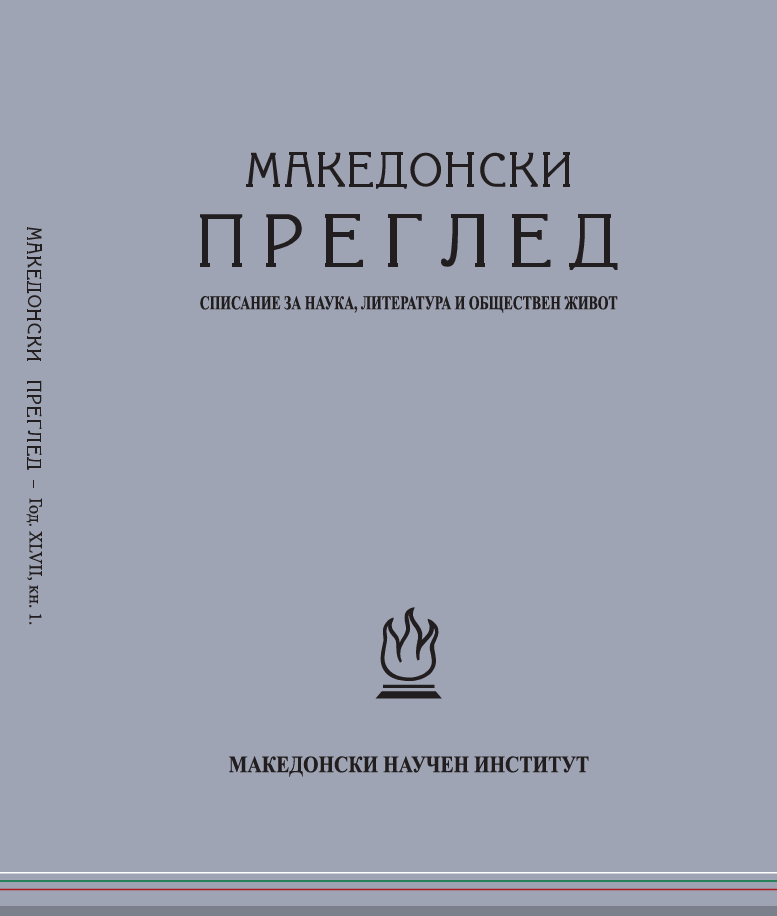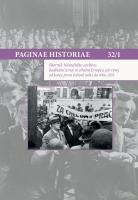Author(s): Olimpia Mitric / Language(s): Romanian
Issue: 2/2022
Le Saint Monastère Sucevița n’eut pas la chance de conserver les archives plus anciennes (consommées par un incendie violent), ni bénéficia d’outils d’archivage plus anciens (des états de documents ou inventaires de trésors et d’objets). Aujourd’hui, les archives anciennes se composent de huit documents (parchemins) «fondateurs» et quelques autres documents de la fin du XVIIIème siècle. Le reste des actes sont de la période moderne et contemporaine. Les unités d’archives sont classées, chronologiquement, par paquets, dès l’année 1785 et jusqu’en 1949, et à l’intérieur de chaque paquet, par liasses. On y garda les documents sous forme de brouillons, originaux et copies, dans les langues roumaine et allemande. On trouve en chaque paquet le protocole des pièces, par années (le registre d’entrée – sortie d’aujourd’hui), avec les sections soigneusement remplies, et des liasses avec la correspondance officielle. On rencontra une coutume intéressante à l’époque de l’abbé Ghenadie Zaharovici (novembre 1847–septembre 1862), qui enregistra méticuleusement la correspondance du monastère et de plus, nota, dans le même registre, les événements plus intéressants, pas seulement pour le monastère, mais aussi pour l’ensemble de la zone géographique, avec l’observation « cela sert pour le savoir dans l’avenir ». Pour un meilleur ordre dans la chancellerie, on utilisa temporairement des points héraldiques colorés. La correspondance avec le Consistoire de Tchernovtsy est la plus riche: ordres concernant l’administration du patrimoine, lettres circulaires, listes de livres donnés pour la bibliothèque, offres de souscription ou d’achat des livres, rapports sur les dommages subis à cause des calamités naturelles, programmes de l’école qui fonctionna à côté du monastère, inventaires, dépliants, passeports etc. Ensuite, on y présenta les documents attestant la participation du monastère aux expositions de Tchernovtsy (1855, 1886), Vienne (1873, 1887), Kiev (1874), Bucarest (1906), Paris (1925), Bruxelles (1935).
More...
